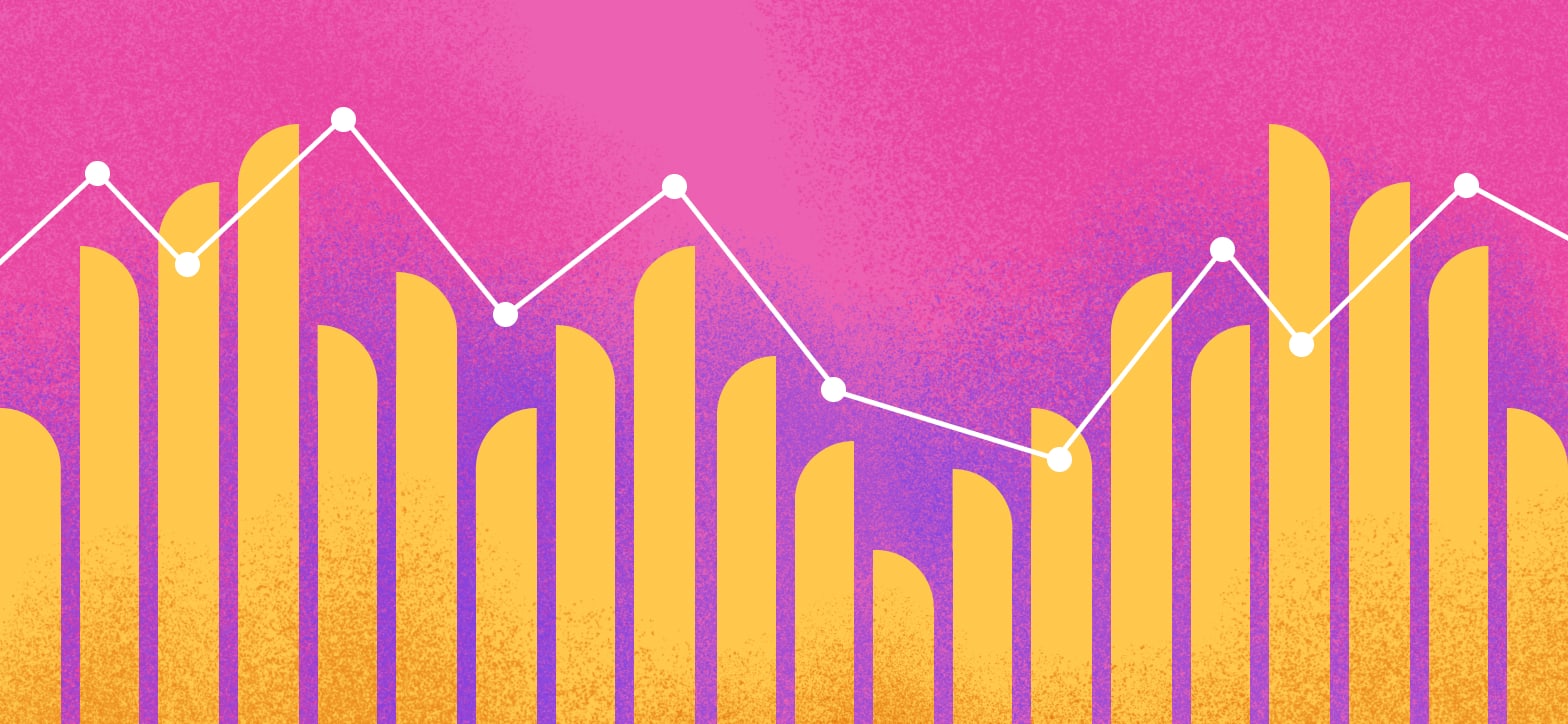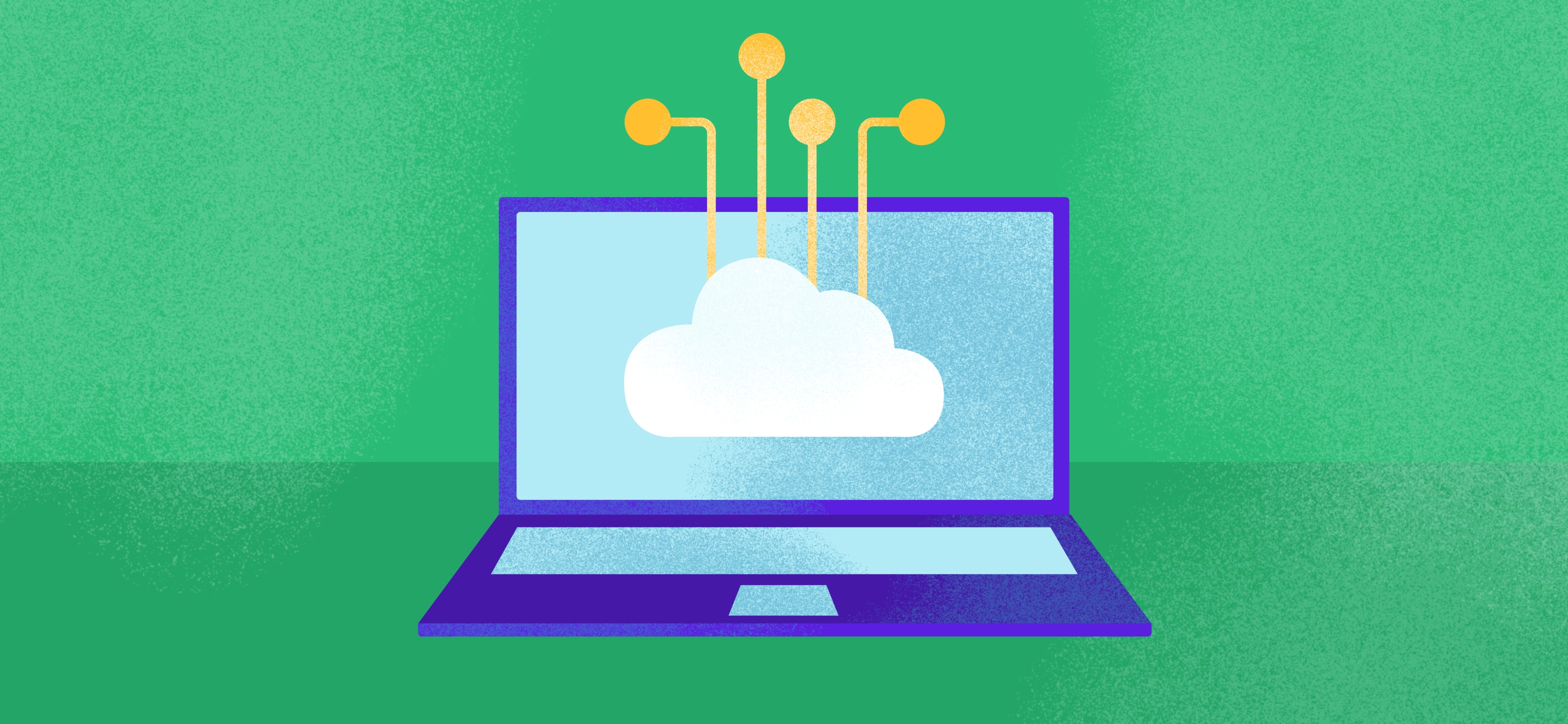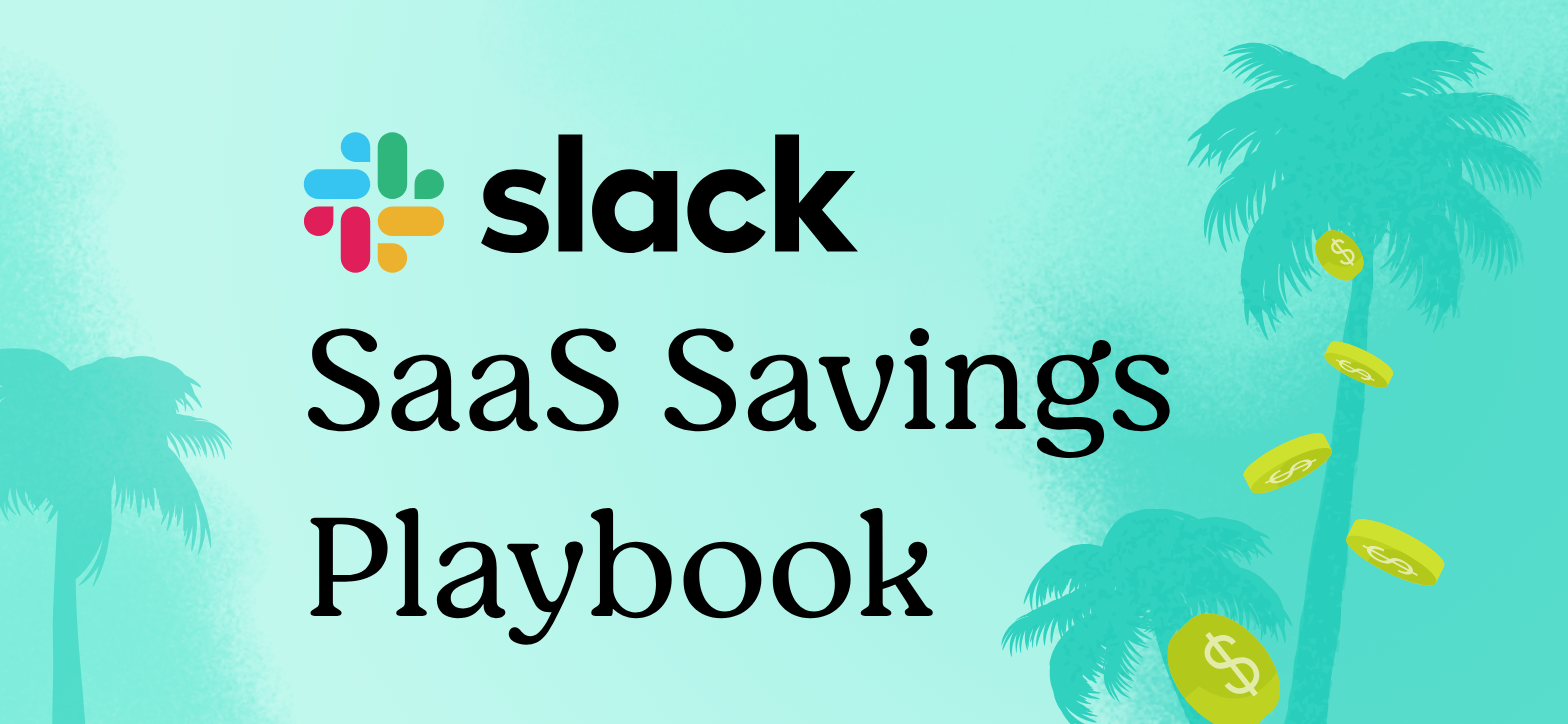What is Price Variability?
Price variability is the range of different prices paid by various customers for the same product, service, or license tier. In software procurement, it measures how much the actual transaction price can differ across buyers purchasing identical offerings from the same vendor.
Unlike price variance in accounting (which compares actual costs to budgeted costs within a single organization), price variability examines pricing dispersion across an entire market. It reveals whether a vendor offers uniform pricing to all customers or whether significant negotiation room exists.
Price variability is calculated by analyzing the spread between prices paid at different percentiles, typically the 25th percentile (lowest quartile) and 75th percentile (upper quartile) across a sample of transactions. For example, if customers at the 25th percentile pay 30% below the median price while those at the 75th percentile pay 20% above it, the vendor exhibits a 50-percentage-point price variability spread.
High price variability (50%+ spread) indicates flexible pricing with substantial negotiation opportunity.
Low price variability (under 20% spread) suggests standardized pricing with limited discount potential.
Zero price variability means the vendor maintains uniform pricing across all customers.
Why Price Variability Matters in Procurement
Identifies where negotiation delivers ROI
Without price variability data, procurement teams treat all vendors equally, investing equivalent effort negotiating with both flexible and rigid pricing models. Understanding which vendors exhibit high variability allows teams to concentrate their strongest negotiation tactics where they'll achieve the greatest savings impact.
Prevents silent overspending at scale
Organizations frequently pay 20-50% more than peer companies for identical software licenses without realizing it. When procurement lacks market visibility, they may believe they've secured competitive terms while unknowingly sitting in the 75th percentile or higher. Price variability data exposes these gaps before they compound across renewal cycles.
Enables strategic resource allocation
Procurement teams operate with finite time and limited negotiation bandwidth. Price variability provides a framework for prioritizing which vendors warrant deep negotiation investment versus which require minimal effort. This transforms procurement from reactive cost management into strategic capital allocation.
Reveals vendor pricing models and sales structures
The degree of price variability signals how a vendor operates. High variability often indicates sales-led organizations with regional autonomy, individual rep discretion, and quarter-end flexibility. Low variability typically reflects product-led growth models, transparent published pricing, or mature pricing discipline. Understanding these patterns helps procurement adapt tactics to match vendor behavior.
Supports data-driven internal approvals
Finance and executive leadership require concrete justification for extended negotiation timelines or renewal delays. Procurement teams armed with price variability benchmarks can quantify opportunity precisely: "Our current pricing sits at the 70th percentile; market data shows the 25th percentile is 35% lower." This transforms negotiation from art to science.
Common Price Variability Patterns in Software
Real-world analysis of enterprise software spending reveals distinct variability patterns across vendor categories:
Extreme variability (100%+ spread): Some vendors show pricing spreads exceeding 100%, meaning top-quartile customers pay more than double what bottom-quartile customers pay for identical licenses. These represent maximum negotiation opportunity but require sophisticated benchmarking and leverage.
High variability (50-100% spread): Vendors in this range offer substantial pricing flexibility. Factors like deal timing, competitive pressure, annual spend commitment, and customer industry significantly influence final pricing. Procurement teams achieve dramatic savings by anchoring negotiations against the 25th percentile.
Moderate variability (20-50% spread): These vendors maintain some pricing consistency while allowing room for negotiation. Discounts typically depend on multi-year commitments, co-termination, or bundling additional products. Strategic negotiation yields measurable savings without requiring excessive effort.
Low variability (5-20% spread): Vendors with tight pricing bands limit discount opportunities. Negotiations should focus on payment terms, implementation support, downgrade rights, or usage flexibility rather than pursuing minimal unit price reductions.
Zero variability: Some vendors maintain strictly uniform pricing across all customers regardless of size, industry, or negotiation approach. Procurement should redirect effort toward other vendors rather than attempting to extract discounts from rigid pricing structures.
How to Apply Price Variability Intelligence
Build a prioritization framework
Categorize your software portfolio by price variability. Allocate senior negotiators and maximum time investment to high-variability renewals approaching contract end. Handle low-variability vendors with streamlined processes, focusing effort where data proves it generates returns.
Establish benchmark-based negotiation anchors
When variability is significant, open negotiations by referencing specific market percentiles. Rather than requesting generic "competitive pricing," procurement can state: "Our target is the 25th percentile, which market data shows is 32% below our current rate." This shifts conversations from subjective haggling to objective market positioning.
Adapt tactics to variability levels
High-variability vendors respond well to competitive pressure, aggressive timelines, and benchmark data. They expect negotiation and price their initial quotes accordingly. Low-variability vendors rarely budge on unit pricing but may offer flexibility on contract terms, payment schedules, true-up policies, or prorated cancellation rights. Match your negotiation strategy to the vendor's pricing DNA.
Start early when variability is high
Capturing price variability opportunities requires adequate runway. Initiating renewal discussions 90-120 days before contract expiration provides time for competitive evaluations, benchmark research, and multiple negotiation rounds without time pressure forcing premature commitments.
Continuously update variability intelligence
Vendor pricing models evolve. As companies shift from perpetual licensing to subscription models, introduce usage-based pricing, or reorganize sales teams, variability patterns change. Procurement teams with real-time market intelligence adapt strategies as vendor behavior shifts, maintaining negotiation advantage.
Price Variability vs Price Variance: Understanding the Difference
Price variability and price variance are distinct concepts often confused in procurement discussions:
Price variability examines pricing differences across multiple buyers in an external market. It answers: "How much do different customers pay for the same vendor's product?" This is a procurement and market intelligence metric.
Price variance compares actual costs to budgeted costs within a single organization. It answers: "Did we pay more or less than we budgeted?" This is an accounting and cost control metric.
Procurement teams need both perspectives. Price variance helps manage internal budget performance. Price variability provides the external market context to determine whether budget targets themselves are realistic and competitive.
Real-World Impact: What Price Variability Data Reveals
Market analysis of billions in software spend demonstrates how dramatically price variability differs across vendors. While specific examples fluctuate as vendors adjust pricing strategies, patterns persist:
Enterprise software categories with historically high variability include contract lifecycle management, document signature platforms, and certain CRM systems. These tools often show 50-100%+ pricing spreads, indicating massive savings potential for buyers with strong negotiation positioning.
Conversely, some design and collaboration platforms maintain near-zero variability with published, non-negotiable pricing across all customer segments. Procurement teams waste valuable cycles attempting to negotiate with these vendors when time would deliver better returns elsewhere.
The key insight: uniform pricing is not inherently negative, nor is high variability automatically positive. Smart procurement means understanding which pattern each vendor exhibits and calibrating effort accordingly. .
Leveraging Price Variability with Tropic
Tropic's AI-powered procurement platform provides real-time price variability intelligence across your entire software portfolio, backed by insights from $15B+ in market transaction data. Unlike generic benchmarking tools that provide static snapshots, Tropic continuously analyzes pricing patterns to identify exactly which renewals offer the greatest savings opportunity.
The platform automatically flags vendors with high price variability, calculates your current percentile positioning, and recommends specific negotiation strategies based on proven market patterns. Procurement teams using Tropic's price benchmarking capabilities consistently achieve 15-30% savings on software renewals by negotiating from positions of data-backed confidence.
Stop leaving money on the table. Discover how Tropic's price intelligence platform transforms price variability data into documented procurement savings, giving your team the market visibility needed to negotiate like the top 1% of buyers.
Request a demo today!
Frequently Asked Questions (FAQs)
How do I know if a vendor has high or low price variability?
High price variability typically means a pricing spread of 50% or more between the 25th and 75th percentiles of what customers pay. Low variability is under 20%. To determine this, you need access to market benchmark data showing what other companies pay for the same software. Tropic's platform provides this intelligence across thousands of vendors backed by $15B+ in transaction data.
Does high price variability mean a vendor is untrustworthy?
Not at all. High price variability often reflects sales-led business models where individual reps have pricing discretion, or where vendors customize pricing based on customer size, use case, or commitment level. It simply means negotiation matters significantly with these vendors. Low variability vendors aren't more ethical, they've just standardized their pricing approach.
Should I negotiate with every software vendor?
No. Price variability data helps you prioritize. Vendors with high variability deserve significant negotiation investment because the potential savings are substantial. Vendors with zero or near-zero variability maintain uniform pricing regardless of negotiation effort, so your time delivers better ROI elsewhere - focusing on contract terms, implementation support, or usage flexibility instead.
What causes price variability in software pricing?
Multiple factors drive variability: sales team structure and discretion, regional pricing differences, timing within fiscal quarters, customer size and industry, multi-year commitment terms, competitive pressure, bundling opportunities, and the vendor's overall pricing maturity. Vendors transitioning between pricing models (perpetual to subscription, seat-based to usage-based) often show increased variability during the shift.
How often does price variability change for a given vendor?
Price variability patterns can shift as vendors evolve their go-to-market strategies, reorganize sales teams, or respond to competitive pressure. Some vendors maintain consistent patterns for years, while others show variability changes within 12-18 months. Continuous monitoring through platforms like Tropic ensures your negotiation strategy adapts to current market conditions rather than relying on outdated assumptions.
Can I access price variability data for my specific vendors?
Yes. Tropic's price benchmarking platform provides vendor-specific price variability insights across your entire software portfolio. The platform analyzes real transaction data to show exactly where your current pricing sits relative to market percentiles and which renewals offer the greatest savings potential based on variability patterns.
What should I do if I discover I'm paying in the 75th percentile or higher?
First, don't panic! This is common and correctable. Document your current pricing and contract terms, then initiate early renewal discussions (90+ days before expiration). Use market benchmark data to anchor your negotiation at the 25th or 50th percentile, present competitive alternatives if available, and consider multi-year commitments or bundling to increase your leverage. Learn specific negotiation tactics based on price variability data.







